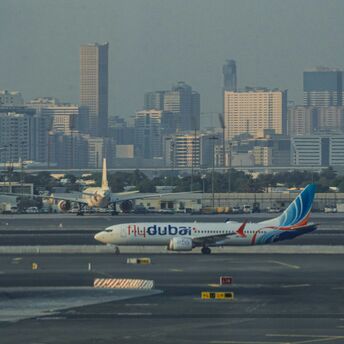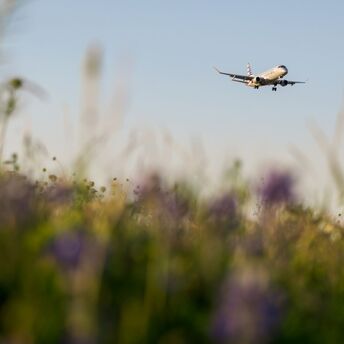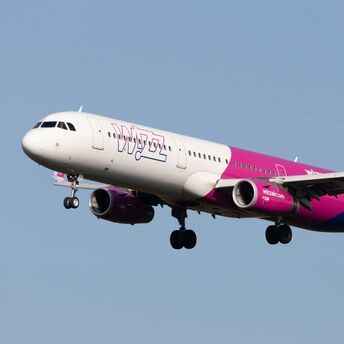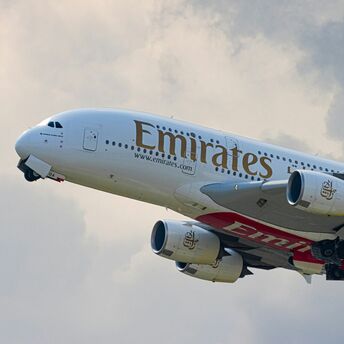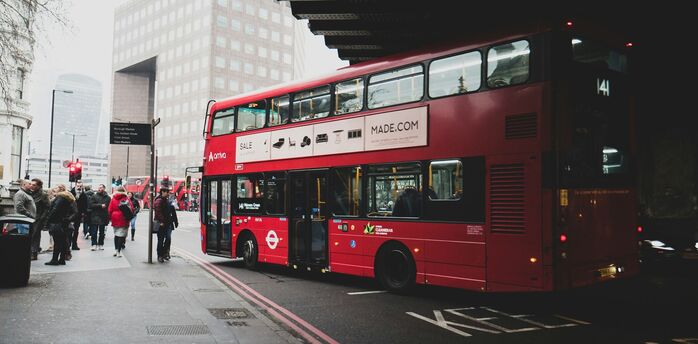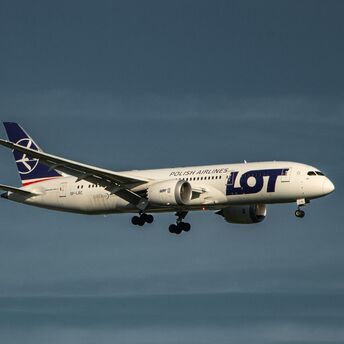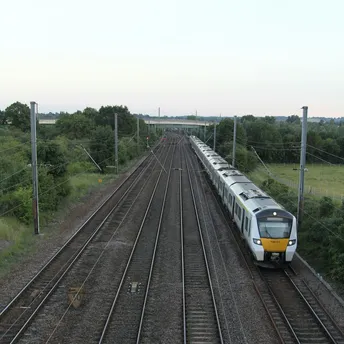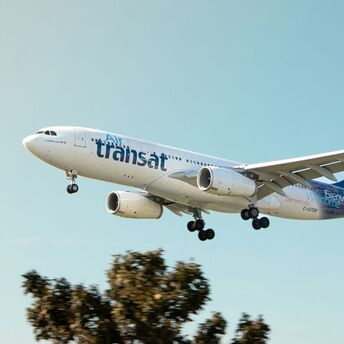Unveiling the Journey of Your Checked Baggage: What Happens After Check-in

For many travelers, the act of checking in luggage at the airport marks the start of their adventure. Yet, after parting with their bags at the counter, most passengers are left wondering: where do these bags go, and how do they make it onto the right plane? The journey of a checked bag is far more intricate than it appears. Behind the scenes, a highly organized and technologically advanced process ensures that your luggage reaches the correct destination, often faster than you do.
From Check-in to the Conveyor Belt: The First Steps
Once you drop off your bag at the check-in counter, it embarks on a swift and efficient journey that begins with tagging. The airline agent affixes a barcode or RFID tag to your luggage, encoding information such as your flight number, destination, and personal details. This tag is crucial, as it allows the airport’s baggage handling system to track your bag's location throughout its entire journey.
After being tagged, your luggage is transferred to a conveyor belt system, which will carry it through various stages of security and sorting. Depending on the airport’s infrastructure, this initial stage may involve a quick manual check by ground staff or an automatic scan to confirm that the bag is properly labeled and ready for transport.
Security Screening: Ensuring Safety
Security is a top priority in the handling of checked luggage. Once on the conveyor system, your bag is routed through sophisticated X-ray machines designed to detect prohibited items. These machines can scan bags at high speeds, identifying anything that may pose a security threat. In cases where the X-ray scan flags an item for further inspection, the bag is diverted to a manual screening area, where security personnel can open and inspect it in more detail.
At this stage, most bags continue their journey uninterrupted. However, for bags that require additional checks, the process is swift to ensure minimal delays. After inspection, the luggage is cleared for the next phase of its journey: sorting.
The High-Tech World of Automated Sorting
One of the most impressive aspects of the modern baggage handling process is the level of automation involved in sorting. At large international airports, this system is often fully automated. Conveyors, equipped with advanced sensors, scan the bag’s barcode or RFID tag to determine its final destination. The system then routes the luggage to the appropriate sorting area, where it will be placed with other bags headed for the same flight.
In some airports, automated carts or robotic arms pick up and distribute bags to various loading areas. These technologies ensure a high level of precision, drastically reducing the chances of luggage being sent to the wrong destination. The entire process is designed to be as seamless and efficient as possible, often occurring at speeds that most travelers would find surprising.
Boarding the Aircraft: From Tarmac to Cargo Hold
Once sorted, the bags are ready to be loaded onto the aircraft. This stage is where human intervention becomes essential again. Ground staff manually transfer luggage from the sorting area onto baggage carts or trolleys. These carts are then driven to the aircraft, where the bags are loaded into the cargo hold.
This phase of the process involves careful planning and coordination. Airlines use specific guidelines to balance the weight distribution in the aircraft, ensuring a smooth and safe flight. Baggage handlers must also ensure that all bags are accounted for before the cargo doors are closed. Despite the tight time constraints, ground teams work diligently to complete this task as efficiently as possible.
Arrival at Your Destination: The Final Stretch
Upon landing at your destination, your bag’s journey continues as it is unloaded from the aircraft and transferred to the baggage claim area. The unloading process is usually swift, especially at major hubs with high passenger traffic. Ground crews waste no time in removing bags from the plane and placing them onto trolleys, which are then driven to the terminal’s baggage reclaim zone.
From here, the bags are placed on the airport’s baggage carousel system, where they are ready for passengers to collect. Each step of this final stage is tracked, ensuring that luggage is available for retrieval shortly after the passengers disembark the plane.
The Role of Technology in Baggage Handling
The entire baggage handling process relies heavily on advanced technology. RFID tags, for instance, have revolutionized how airlines track luggage, providing real-time updates on a bag's location. Some airlines even offer mobile apps that allow travelers to follow their bag’s journey from check-in to arrival, giving passengers peace of mind and reducing the anxiety often associated with lost luggage.
In addition, modern baggage systems are equipped with artificial intelligence and machine learning capabilities, allowing them to predict potential bottlenecks and optimize the routing of luggage. As a result, mishandled baggage rates have significantly decreased in recent years, despite the growing complexity of air travel.
The Reality of Lost Luggage
While technological advancements have greatly improved the efficiency of baggage handling, the possibility of lost luggage still exists. However, the odds of this happening are relatively low. According to industry data, less than 1% of bags are mishandled. In most cases, bags are merely delayed rather than lost outright, often due to tight connection times or unforeseen logistical challenges.
Airlines and airports continue to invest in better systems and processes to reduce these occurrences further. In the rare event that a bag goes missing, it is typically located and returned to the passenger within a matter of days. Travelers are encouraged to report any missing baggage as soon as possible, as this allows airlines to track down the missing item more quickly.



